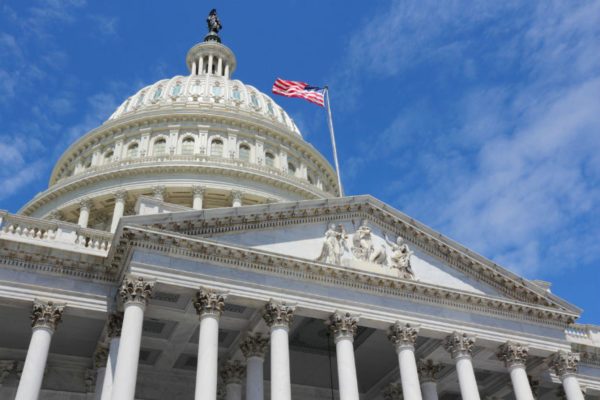One of the final amendments to the Senate tax bill was the Student Opportunity Amendment introduced by Sen. Ted Cruz of Texas. Along with a similar provision in the House tax bill, the Student Opportunity Amendment could become the first law passed by this Congress to subsidize students attending private K-12 schools. But exactly whom this benefits remains in doubt.
School choice advocates often use the language of equity, arguing that private school choice programs merely offer low-income families the options that wealthier families take for granted.
Cruz played this equity card in promoting the Student Opportunity Amendment, claiming that it would “help working class and middle-income families” and ensure “that each child receives an education that meets their individual needs, instead of being … limited to their zip code.”
Some school choice programs are designed to help lower-income families. But the Student Opportunity Amendment is not. Instead, it would mainly help wealthier families who can already afford private school.
The amendment proposes to let families pay for private K-12 schools with tax-advantaged 529 investment accounts, which until now could only be used for college and graduate school. The amendment also lets families tap 529 accounts for homeschooling expenses.
Among working-class families, 529 accounts are rare. A 2012 report by the Government Accountability Office found that only 6 percent of families with children at home[1] had 529 accounts.[2] Those families had median incomes of $142,400 and median assets of $413,500. That’s three times the median income and 25 times the median assets of other families.
Even among families with 529 accounts, few will get much benefit from the amendment. In 2012, the median balance in a 529 account was just $14,700 — just one to two years’ tuition at a private elementary or secondary school. Few families will withdraw that money to pay for private school. They’re going to save it for college.
And they really should. These 529 accounts aren’t designed to cover short-term education expanses; they’re designed to encourage long-term saving for college. The main benefit of a 529 account is that you don’t have to pay federal taxes on investment gains inside of it. The longer you wait, the larger those untaxed gains are likely to be.
You benefit more by waiting for college than by withdrawing the money for private elementary school. The only families that should use 529 accounts for private school are the wealthiest families whose 529 accounts already contain more than enough for college.
The president of EdChoice, an advocate for private school choice, has suggested another use for 529 accounts. At tuition time, he suggests, a family could deposit, say, $10,000 in a 529 account and then withdraw it immediately to pay for their child’s school. This would save the family a few hundred dollars in the 35 states that grant a state income tax deduction or credit for 529 contributions. In states without a state income tax, such as Texas, it wouldn’t.
But also notice whom this benefits. A few hundred dollars in tax benefits is not going to help a working-class family send a child to private schools. The only families who will profit from this dodge are those who can afford private tuition anyway — the wealthy.
Instead of giving working-class families access to private schools, the Student Opportunity Amendment could actually put private schooling further out of reach. Basic economics tells us that some private schools will respond to 529 expansion by raising tuition — reasoning that wealthier families can pay the increase by withdrawing funds from 529 accounts. Families without 529 accounts won’t be able to do this. So the representation of lower-income children in private schools may go down rather than up.
If Congress wants to make private schooling more equitable, it should present a serious proposal to help poor families attend private schools. It shouldn’t use the language of equity to promote a plan that helps only the rich.
Paul von Hippel is an associate professor in the LBJ School of Public Affairs at The University of Texas at Austin, where he teaches courses on education policy and the evaluation of public programs.
A version of this op-ed appeared in the Corpus Christi Caller Times.
To view more op-eds from Texas Perspectives, click here.
Like us on Facebook.




